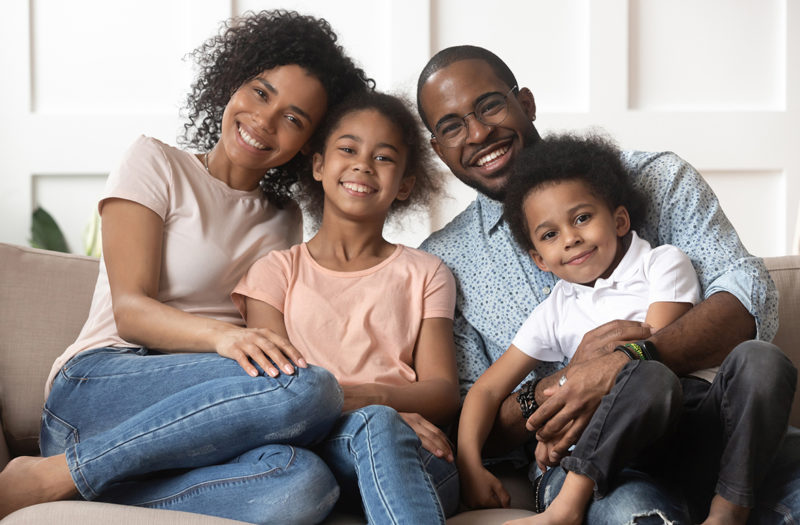The most fundamental goals of Harm Reduction and Buprenorphine Programs are to keep people alive and safe. Despite the best efforts of a very dedicated SUD workforce, over 107,000 people died of overdose deaths in 2023. Behind every overdose death is a family or friends in mourning. Often, they are left with questions and are searching for answers. As harm reduction professionals, we want to assist grieving families in finding the answers they need, but we must maintain the privacy of those we have served. It is a painful and confusing moment when a professional says to the family of an overdose victim, “I can’t speak to you because of HIPAA.” This is of no comfort to a family dealing with loss.

Having dealt with the families of overdose victims and seeing the hurt and anger at an inability to share information, the following steps are recommended to help connect a family with the information they may need to understand what has happened and to find closure.
- Begin with, “I am so sorry for your loss.” This may seem obvious, but anxiety and fear of saying the wrong thing often keep people from acknowledging the very painful reality.
- Ask the family (or other person you may be speaking with) what they may know about your connection to the client. It is NOT a HIPAA violation to repeat what the person is already aware of. For example, if a family member says, “I know Joey went to your program,” you would not be disclosing anything the person was not aware of. As long as you don’t confirm or deny that the person was in your program, you are not committing a HIPAA violation.
- If the person you are speaking with is unaware of why their family member was coming (perhaps they did not know of a substance or mental health problem), inquire about how they came to know about your program (was there an appointment in the phone of the deceased? A bill from your program? Someone told them they saw the person at your program?). Partial information leads to unresolved questions on the part of the family. While you cannot confirm or deny the person’s participation in treatment, it is NOT a HIPAA violation to share publicly available information, such as what your program’s mission is. This may help the person “connect the dots” as to what has happened. Our goal is to diminish distress on the part of those we serve and lead people to helpful information without disclosing specific health information, which is NOT a HIPAA violation.
- It is always ok to share publicly available information, including the goals of your program or practice, even if the person was unaware of why “Joey” was coming to you. This is not a HIPAA violation because what programs and clinicians do is available to the public and is NOT protected health information.
- Try to ascertain what the family already knows. In a conversation with the family member of someone who was found deceased a few days earlier, the person reported that she knew her relative was on medication (referring to the buprenorphine strips they found). When asked what medication they were referring to, the family member stated they didn’t know. Program staff, who were assisting the family member, asked them what was written on the package that was found. They read, “buprenorphine.” Now that it was clear that the deceased was on this medication, staff could explain what it was.
- When asked a specific question about their family member’s adherence to their treatment, it is acceptable to answer the question in the form of standard operating procedure. For example, a family dealing with the death of their adult relative asked program staff if he had been attending sessions. He had not, but, as is standard operating procedure in a low threshold buprenorphine program (“low threshold” meaning there are minimal contact requirements from the client), this person was in regular phone contact with the staff. This would be an appropriate time to let the family know that there are HIPAA limits to what can be shared. However, it would be appropriate to say, “As a low threshold program, we are in regular contact with ALL our clients. If your family member was in our program, then we would have had regular contact with them, even if they could not make it to the site.” Arranging a meeting with the family and senior staff who can answer protocol-related questions, for example, a program director or patient advocate, would be an opportunity to explain to the family how these programs work as well as to validate their feelings and loss.
In summary:
- Express sympathy about the loss
- Assess how much the family/contact person knows about your program, their loved one’s connection to your program, and how much they were told.
- Staff can tailor an explanation of how your program works to their specific questions by citing the relevant protocols. Without sharing the person’s specific health information, you can share that you and/or your program did everything that could be done. Tailoring publicly available information to the families’ questions helps bring them answers without disclosing protected health information.
It is important to remember that we serve not only our clients but their families and their communities. We must preserve our clients’ privacy, even after death, but we must also help those who loved them find closure.
Elaine Edelman, PhD, LCSW, CASAC-Adv., can be reached at eleh@verizon.net or by phone at 917-494-1617.
References
www.hhs.gov/hipaa/for-professionals/privacy/guidance/health-information-of-deceased-individuals/index.html, accessed 5/15/24
www.samhsa.gov/find-help/harm-reduction, accessed 5/15/24





As a suicide loss survivor who has spoken with providers and also received medical records in order to win a Social Security Disability denial I find it extremely wrong that in death protections of the clinical relationship continues. Without providers participating in this effort I would not have won my son’s appeal…. My son died 3 days after he was notified that they saw much opportunity for him yet and denied him. Yes, a person with schizoaffective disorder. I only had one provider really hammer home that this relationship continues after death. I say bunk! It is part of the healing process for families, for providers. Someday there needs to be a means to do this. The suggestions in your article are quite humorous and placating.
Ms. Tobia,
I am deeply sorry for your loss. I want to clarify that my article is in not an endorsement of post death HIPAA rules. In fact, my goal is to try to make sure that families get the information they need. I am truly glad to hear that you had supportive providers that were able to help you. Sadly, I have seen HIPAA used as an “all or nothing” approach when people need information. My purpose, with this article, coincides with what you are saying. Families need information! Perhaps legislators could start looking at post death modifications that might include “as needed” information. Thank you for sharing your thoughts.